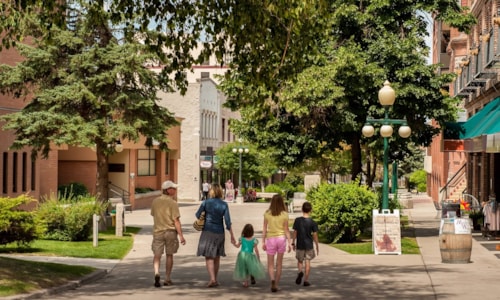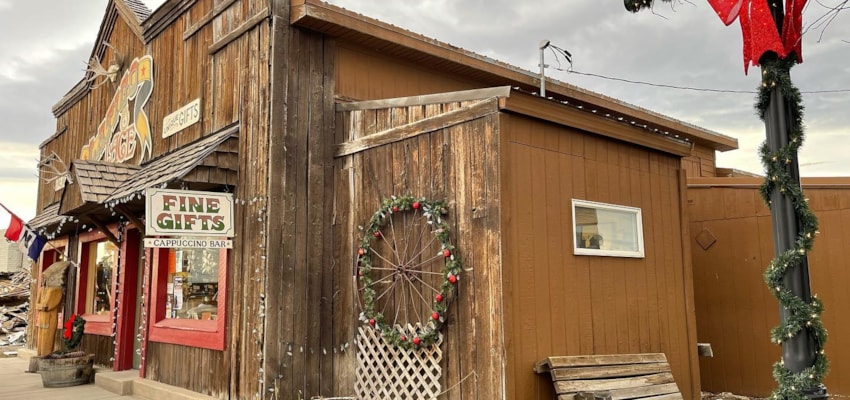Montana’s American Pastime
 Monday marked the official opening day of baseball season (because Australia is a make-believe land and games that happen there don’t count) which has turned my mind to thoughts of spring, and America’s pastime in Montana:
Monday marked the official opening day of baseball season (because Australia is a make-believe land and games that happen there don’t count) which has turned my mind to thoughts of spring, and America’s pastime in Montana:
In a 1970 article for Montana: The Magazine of Western History, Duane Smith made an interesting observation: the National League, baseball’s first intercity professional circuit, formed in 1876. That same year, an army of Lakota and Cheyenne annihilated the Seventh Calvary under the command of George Armstrong Custer. Smith writes “while the easterner settled back to enjoy his Sunday afternoon of baseball, the westerner was still settling his land.” Maybe this isn’t a problem for everyone, but while I can easily imagine baseball happening in the 19th Century east, the thought of baseball in the ‘wild west’ seems absurd. In fact, baseball was immensely popular in the west. Miners loved the game, and played it whenever-and wherever-they could. A Helena reporter described an 1867 game thus:
The ground for the playing of the game was especially selected with a view to the wants of the players, nice green clusters of prickly pear being abundant for the purpose of breaking the force of an occasional fall, prospect holes being situated nearby, to serve as “catchers” in case the animated ball stoppers failed, ditches all around in which to gently fall and lave one’s weary limbs and a graveyard near at hand ready for service in case of death.

Not just the field differed from modern times. While essentially the same game we enjoy today, early baseball, even into the 20th Century, would have looked much different. For one thing, there was much more audience participation. During the 1900 season of the short-lived Montana State League, the Great Falls Tribune asserted that upwards of 400 Helena fans surged onto the field in response to a disputed call. This audience participation left the umpire cut and bleeding. In facts, fights involving players, umpires and fans occurred at almost every game during the Montana State League’s 1900 season.
In the early days, at least, people didn’t care too much about the national teams, they were much more interested in the goings-on of local clubs. Even after radio and television made following national events easier, local clubs retained a strong support base well into the 1950s. John Mihelich writes that good baseball players could be sure of working the best shifts in the Butte mines, and tells of local clubs recruiting players from Idaho and beyond. One Butte player, Sonny Hicks, actually stopped playing for St. Louis to return to local clubs in Butte, because he could make more. In Butte, each neighborhood had a team, and passionately supported it. In an interview that Mihelich conducted, one woman described:
The little old ladies from McQueen that used to come just because their team was playing. Anytime McQueen played, they’d come to the ball games, and they had little glasses of whiskey with them. They drank during the game, and they’d root for all the players from McQueen.
Which is just about the most fantastic image ever. Today, baseball still has a foothold in Montana. In addition to 5 minor league teams, college teams and high school teams, many towns have club leagues where people of all ages can come together and enjoy the sport.
Sources:
Duane A. Smith, “A Strike did not Always Mean Gold.” Montana: The Magazine of Western History. 20, 3 (1970).
James A. Scott, “‘If It Don’t End in Bloodshed’: The Montana State Baseball League, 1900.” Montana: The Magazine of Western History. 47, 3 (1997).
John Mihelich, “‘Baseball Was Our Life’ Amateur Baseball in Butte Montana 1920-1960.” Montana: The Magazine of Western History. 5, 2 (2009).











